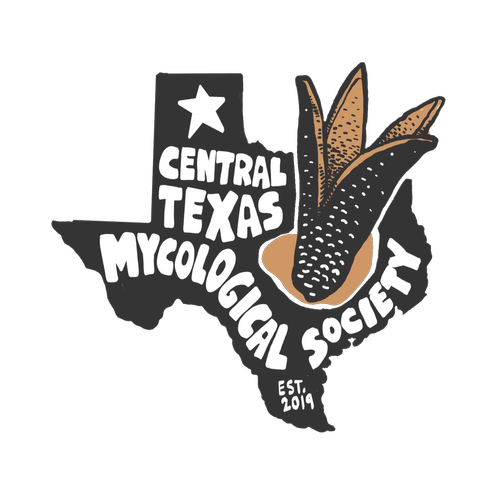Crazy Ants & the Deadly Fungus
Crazy Ants & the Deadly Fungus
DATE: August 18, 2022
TIME: 7 - 9 PM CST
LOCATION: Brackenridge Field Laboratory + Online Streaming
COST: Free with registration (donations accepted)
Learn how a team of scientists from UT Brackenridge Field Lab were able to put the brakes on an invasive species of ant by using a fungal pathogen.
ABOUT THE TALK
Boom-bust population dynamics are a recurrent, widespread, and typically unexplained property of many species invasions. Declines also occur in invasive social insects from unknown causes. Nevertheless, social insects have proved intractable to biological control. Tawny crazy ants, an environmentally damaging invasive pest in several countries globally, are spreading in North America. Examining 15 local populations spanning 9 y, we document both the collapse of local populations of this ant in North America and a strong association of collapse with infection by the microsporidian pathogen, Myrmecomorba nylanderiae. Over the observation period, all longitudinally sampled local populations that harbored the pathogen declined, with 62% of these populations disappearing entirely. We test the causality of this relationship by introducing this pathogen into two local populations. At both sites, within 7 mo the pathogen was nearly universally prevalent, and within 2 y, tawny crazy ants were eliminated. In contrast, uninfected populations showed no tendency to decline over a similar period. Concurrent laboratory studies indicate that colony fragments died out because infected workers do not survive long enough to bridge the gap created by normal, winter cessation of immature ant production. Population-level collapse occurred because the pathogen spread faster than colony fragments declined, eliminating the density-dependent regulation seen with many pathogens. Invasive species beset by such pathogens may collapse if factors favoring transmission, like genetic homogeneity, high population density, or socially facilitated intragroup transmission, allow virulent pathogens to spread widely before disease impacts occur. These invasive species may be susceptible to boom-bust dynamics and pathogen-driven local extinction.
Edward LeBrun, a research scientist with the Texas Invasive Species Research Program at The University of Texas at Austin’s Brackenridge Field Laboratory, collects tawny crazy ants at a field site in central Texas. Credit: Thomas Swafford/University of Texas at Austin
ABOUT THE SPEAKER
Dr. Edward LeBrun is interested in how species interactions organize ecological systems. His research focuses on the interactions between invasive species and the organisms in their native and introduced ranges. This comparative approach often allows for insights impossible by observing the invader in either context alone. He has worked extensively community ecology of ants and their natural enemies, focusing on red imported fire ants (Solenopsis invicta), Argentine ants (Linepithema humile), and tawny-crazy ants (Nylanderia fulva).
Photo: Alex Wild


